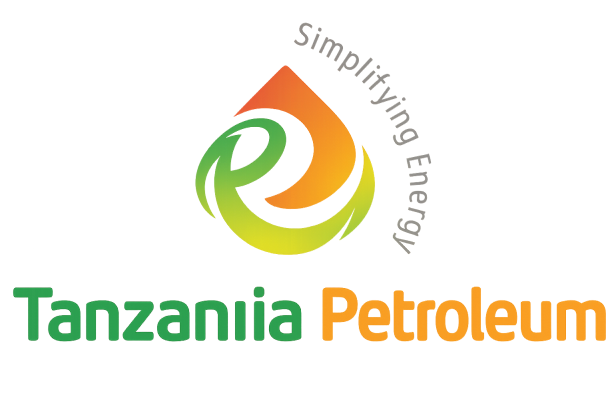Most petrol stations fail not because of fuel margins—they fail because of poor location and site strategy. CEOs and investors who embed location intelligence into every acquisition or build decision capture higher throughput, faster ROI, and long-term operational efficiency.
Here’s how leaders turn location into a competitive advantage.
1) Map Traffic Flows & Customer Behavior
Site traffic is your primary revenue driver. Analyze:
- Daily vehicle count and peak hours
- Vehicle types (personal cars, commercial fleets, heavy trucks)
- Accessibility and visibility from major roads
- Local population density and growth trends
High-traffic, high-visibility locations reduce marketing spend and increase conversion naturally.
2) Assess Competitive Density & Market Share Potential
Not every high-traffic site is profitable. Evaluate:
- Number of competitors within 5 km radius
- Competitor service mix (fuel grades, convenience retail, car wash, LPG)
- Market share potential based on unique offerings or superior service
3) Petrol station Demand & Revenue Potential.
Use a data-driven approach:
- Model fuel throughput, retail sales, and ancillary revenue based on traffic and competitor analysis
- Consider seasonality, holidays, and regional economic trends
- Stress-test assumptions for worst-case and upside scenarios
Accurate forecasting avoids overpaying for land and ensures predictable cash flow.
4) Infrastructure & Logistics Readiness.
Even the best site fails without operational feasibility:
- Ensure adequate space for pumps, tank storage, retail, and B2B operations
- Evaluate ease of delivery and supplier access
Infrastructure readiness reduces downtime, operational surprises, and hidden costs.
5) Regulatory & Environmental Compliance.
Proactive compliance is a competitive advantage:
- Verify zoning, permits, and environmental clearances before acquisition
- Anticipate future regulatory changes (fuel storage, EV charging, waste management)
- Factor compliance costs into ROI calculations
Sites with clean compliance records are easier to finance, sell, or expand.
Checklist — High-ROI Site Selection
- [ ] Traffic count & vehicle type analysis completed
- [ ] Competitive landscape and market share potential mapped
- [ ] Forecasted throughput & ancillary revenue per site
- [ ] Infrastructure & logistics feasibility confirmed
- [ ] Regulatory & environmental compliance verified
- [ ] Upside optionality identified (EV charging, retail expansion, fleet services)
Final Thought for Leaders.
Location isn’t just real estate—it’s a strategic lever. Sites that combine traffic, unmet demand, and operational feasibility deliver faster ROI, higher margins, and better valuation multiples.






